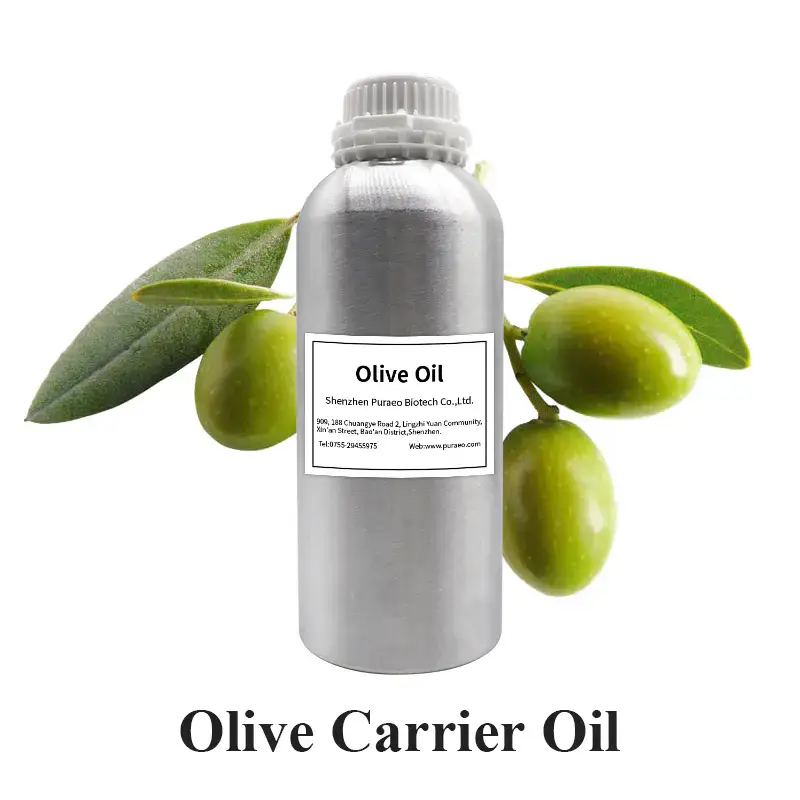Puraeo Best Olive Oil For Skin Natural Olive Carrier Oil Body Massage
Product description
The chemical composition of Olive Carrier Oil is dependent on the type and quality of the Olive fruit being pressed, the region in which the Olives are produced, the altitude, the weather during the growing season, time of harvest, and extraction process; however, the 3 main components of all types are Oleic Acid (up to 83%), Linoleic Acid (up to 21%), and Palmitic Acid (up to 20%).
As with all other New Directions Aromatics products, carrier oils are for external use only. For those with sensitive skin or conditions such as dermatitis, Olive Carrier Oil might not be the ideal choice of carrier oil, as it could worsen the condition. It is highly recommended that a skin patch test be conducted with a dime sized amount of oil on a small area of the inner arm to check for allergic reactions before applying it to more sensitive areas such as the face. An absence of an allergic response within 48 hours indicates that the oil is safe to use.
Efficacy
Olive Carrier Oil is reputed to have many therapeutic properties. The following highlights its many benefits and the kinds of activity it is believed to show:
COSMETIC: Antioxidant, Emollient, Collagen Boosting, Skin Brightening, Cleansing
MEDICINAL: Anti-inflammatory, Antibacterial, Detoxicant, Regulating, Stimulant
How is OLIVE oil extracted
In the extraction process, the Olives first have their stems, leaves, twigs, and any remaining debris removed before they are washed to eliminate dirt and pesticides among any other contaminants. Next, they are ground to a paste or a “mash” with either a hammermill, a stone mill, or a metal tooth grinder. This tears the Olive flesh to make it easier for the vacuoles to release the oil.
The next step is malaxation, in which the paste is stirred slowly for up to 45 minutes inside a warmed tank. This crucial step allows the oil droplets to combine into bigger drops. Next, the oil is separated from the solid matter and the fruit water. Traditionally, this method involved smearing the Olive paste onto grass mats, stacking them on top of each other, and then pressing them to separate the liquids from the solids, hence the terms “first press” and “cold press.” The modern method uses a centrifugal decanter, which rapidly spins and thereby separates the oil from the solids and the water. A second centrifuge removes any remaining impurities from the oil. Before being bottled, the oil is left to settle inside tanks or barrels. This is called “racking,” and it allows gravity to do one final separation, if necessary. Lastly, the resultant oil can be filtered further; however, this step is optional.

